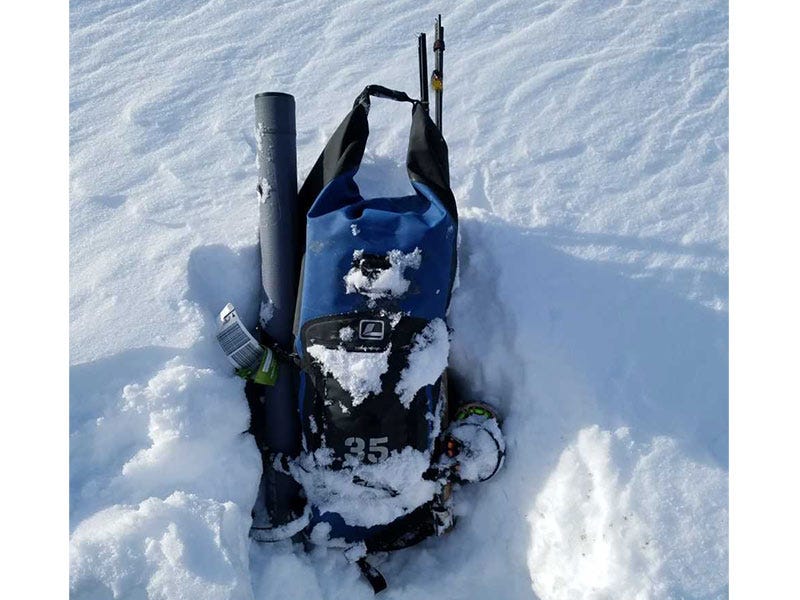It's Trout Spey Time Again

Early one season, I was guiding on the Middle Kenai River in Alaska. I came across this guy on the bank with a long rod. He was sending casts 100 feet out into the river. He was reaching water that I was working from the boat. And, he was catching fish. The same fish I was reaching by boat.

I did not immediately go out and get a spey rod, but I thought about it. Then I met these guys in Montana who worked at a fly shop in Great Falls. They were all excited about spey for steelhead and they were playing around with their spey rods on the Missouri River. I decided I needed to get in the game, so I called up George Cook. He was the Sage Rep who I kept running into on the Kenai. He set me up with the Death Star. That’s code for the Sage 7126-4 TCX, and George turned that fly rod into a legend. It took me a few outings to get the knack of it, but the first time I sent a cast across the river that jerked on my reel with excess energy, I was hooked. I now have an arsenal of spey rods from two to 10-weight and I look for any chance to use them.
Favorite trout Spey rod, reel, line, and tips? Read here.
One of the reasons I settled here on the Missouri River, is that Chinook winds typically provide temperate breaks and allow for fishing windows throughout the winter months. The other is that the Missouri is an exceptional river for trout spey. The last couple of winters have not followed the weather script very well, but finally, the season is changing. We are well into March and it’s warming up. That means its trout Spey time again.
As waters begin to warm slowly from winter lows of 34 degrees upward into the 40s, this is a prime window to swing flies. Sluggish fish are getting more active as the pace of life quickens around them. There is little that makes me happier than swinging flies on an early spring day and getting tugs. My only dilemma is choosing which line setup to use.
Need the right line for the right conditions? We have you covered.
What are Skagit Setups Used For?
Skagit setups are ideal for casting larger flies and maintaining depth control. Skagit heads also work well when dealing with wind. A short Skagit head with a sink tip attached can easily cut through the breeze. Windy days are a common occurrence in the spring and a balanced Skagit set up can keep you happily fishing in conditions that send most anglers packing for home.
The trade-off is that the casting can be noisy, and the sink tip will put fish on the alert if the angler repeats casts to the same target zone. With a Skagit set up, you need to keep moving. This makes the Skagit system ideal for covering water and for fishing deeper and faster flows. With several different tips, the Skagit caster can choose the perfect sink rate for the current, depth, and fly size they are using.
Want to learn more Skagit tactics? Check this out.
Scandi Casting and Stealth
The Scandi caster can employ touch and go casts like the single Spey and the snake roll to keep surface disturbance to a minimum. With the fly line floating and the fly tied to a long leader, the Scandi system provides a high level of stealth. Anglers can continue fishing or re-fishing productive runs with a lower probability of alerting or spooking feeding fish.
The trade-off with Scandi is that depth control is limited by fly weight and current speed. Scandi is best when fish are in slower or shallower runs or willing to feed up nearer the surface. Fly size and fly weight must also remain small and relatively light, making Scandi ideal for glassy runs and calm conditions.
I look forward to every trout Spey outing but especially to those in the early days of spring when I’ve been doing more dreaming and fly tying than fishing of late. It only takes a couple of weeks of not fishing for my cabin fever to set in. But now, it’s fishing season again and my balance has been restored. I’m going to employ the trout Spey game every chance I get until the bugs force me into dry fly fishing again. My only dilemma is choosing which line set up to use. Actually, it’s no dilemma at all. I’ll take both.

